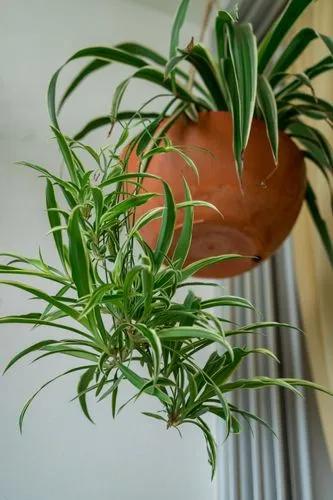Euphorbia is a very large and diverse genus of flowering plants, commonly called spurge, in the spurge family (Euphorbiaceae). "Euphorbia" is sometimes used in ordinary English to collectively refer to all members of Euphorbiaceae (in deference to the type genus), not just to members of the genus.[
Common Spurge Care
Euphorbia taurinensis



The plants are annual, biennial or perennial herbs, woody shrubs, or trees with a caustic, poisonous milky latex. The roots are fine or thick and fleshy or tuberous. Many species are more or less succulent, thorny, or unarmed. The main stem and mostly also the side arms of the succulent species are thick and fleshy, 15–91 cm (6–36 in) tall.
This plant might be poisonous
How to get rid of: It is often more effective with tall herbaceous plants, such as grasses, and some woody weeds to first slash the area and only spray the re-growth. Allow 3–4 weeks for new lush growth and then spray. Most chemicals works best when plants are healthy and actively growing. By removing dry stems and forcing the plant to put on new growth the uptake of herbicide will be improved. This method has the added benefit of opening up the space and improving access, and can result in less herbicide being used.
How to Care for the Plant

Popularity

57 people already have this plant 5 people have added this plant to their wishlists
Discover more plants with the list below
Popular articles






